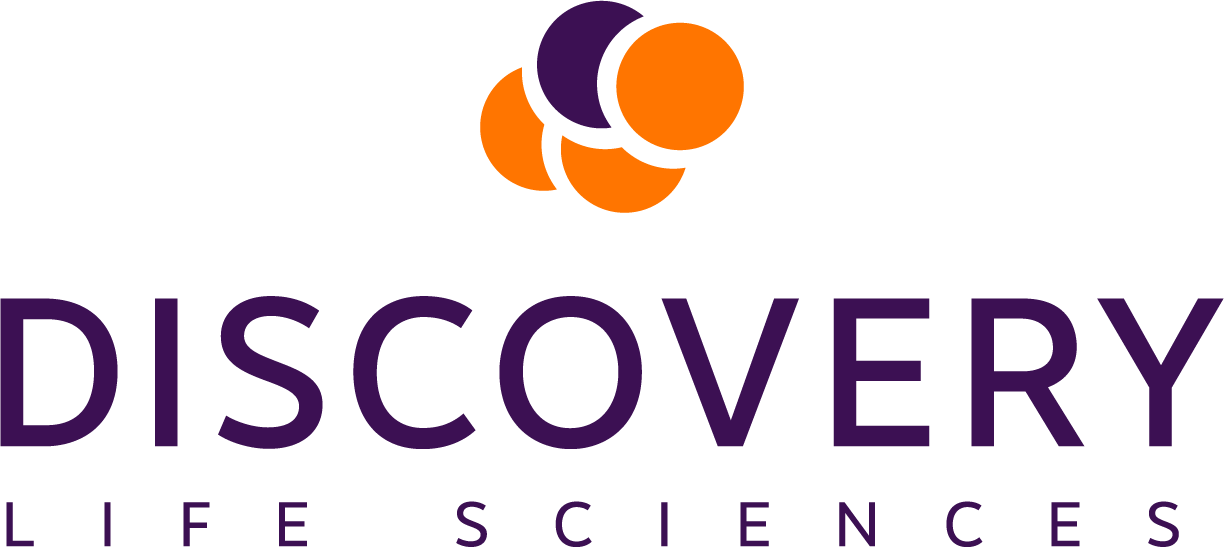Researchers face challenges extracting genomic data from limited and precious samples due to nucleic acid degradation. Our proprietary dual extraction method enables simultaneous DNA and RNA analysis, maximizing data output. This approach preserves sample material, supports multi-omic research, and accelerates discoveries, improving patient care and advancing biomedical innovation.
Transcript
Maximize insights with minimal inputs. The goal of collecting biospecimens during clinical trials is to gain multi-omic insights that deepen the understanding of disease mechanisms, treatment responses, and patient variability.
Researchers aim to extract as much meaningful data as possible from the limited and precious samples available. In clinical trials researchers are challenged with maximizing genomic data output from increasingly smaller tissue or tumor samples. FFPE is commonly used to preserve tissues in oncology but is one of the most challenging sample types for extracting nucleic acids. Certain sample types, such as FFPE, are particularly difficult to work with. Nucleic acid extraction from FFPE is problematic due to degradation and cross linking, which results in low yield and poor quality.
RNA sequencing data from clinical trial patients plays a crucial role in identifying potential biomarkers for disease diagnosis, prognosis, and treatment response. However, challenges related to sample type and quantity often arise. RNA is inherently unstable, highly sensitive to degradation, and susceptible to contamination that makes it challenging to obtain sufficient high-quality RNA for downstream applications such as RNA sequencing. Low inputs of RNA present a significant challenge for RNA sequencing as it complicates amplification, often limiting sequencing depth and data quality.
That’s why we’ve developed a proprietary dual nucleic acid extraction protocol that enables DNA and RNA extraction from the same clinical sample without compromising yield or quality. Our optimized dual extraction method expands the analytical possibilities from a single FFPE sample. Researchers get the benefit of both RNA and DNA analysis, effectively doubling their data output without doubling the sample input. This also means that material can be allocated for additional omics workflows so researchers can extract even more layers of data.
Our industry leading proprietary dual nucleic acid extraction method coupled with our optimized and validated low input RNA sequencing library preparation pipeline yields high quality RNA sequencing data with functional validity from challenging biospecimens like FFPE. Our pipelines utilize minimal sample inputs down to between 10 and 50 nanograms of RNA. This preserves precious sample material, maximizes utilization, and allows for multi-omic analysis of their clinical specimens. The optimized low input libraries meet key RNA sequencing quality metrics and showed very high rates of RNA fusion detection accuracy, sensitivity, and specificity. In summary, discovery is helping researchers do more with less by maximizing the data potential from limited clinical samples to accelerate the development of new therapies and improve the future of patient care.


